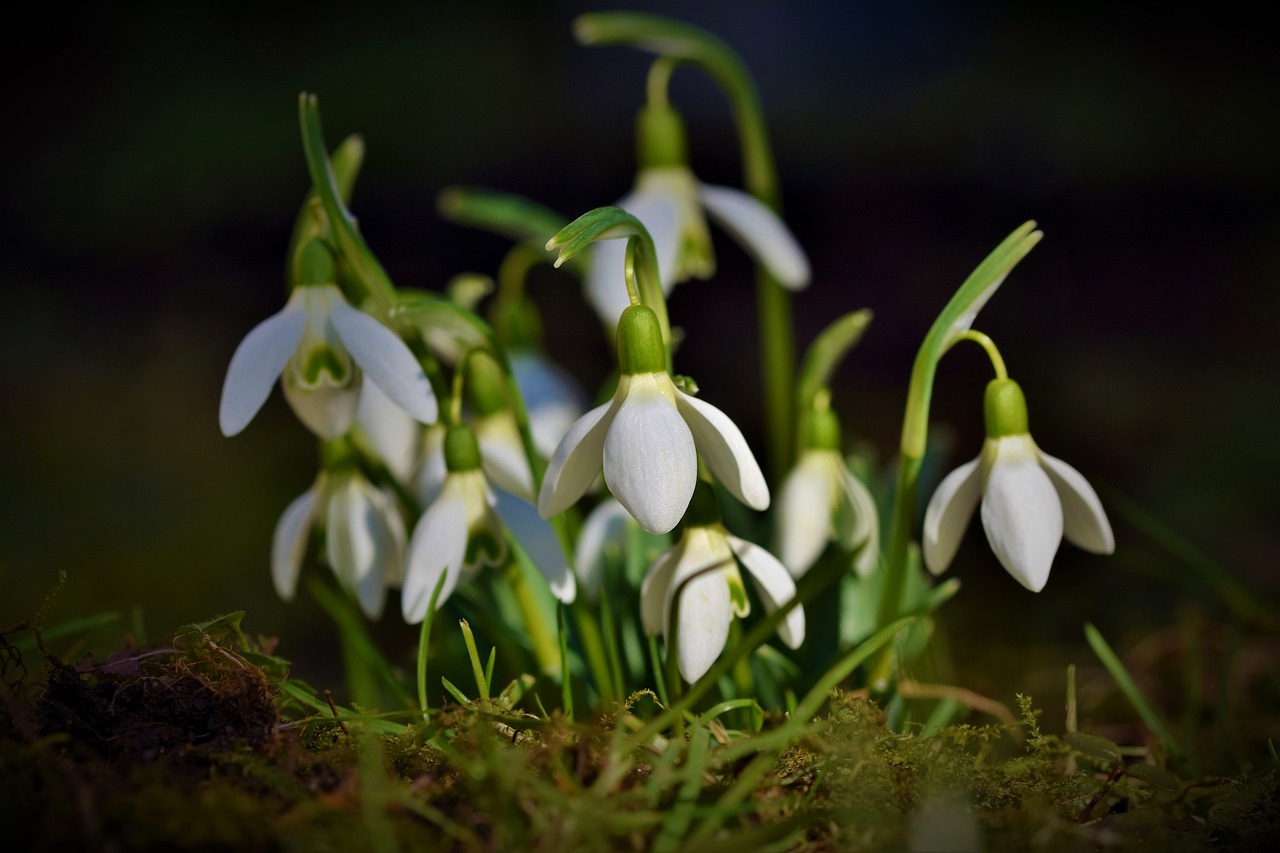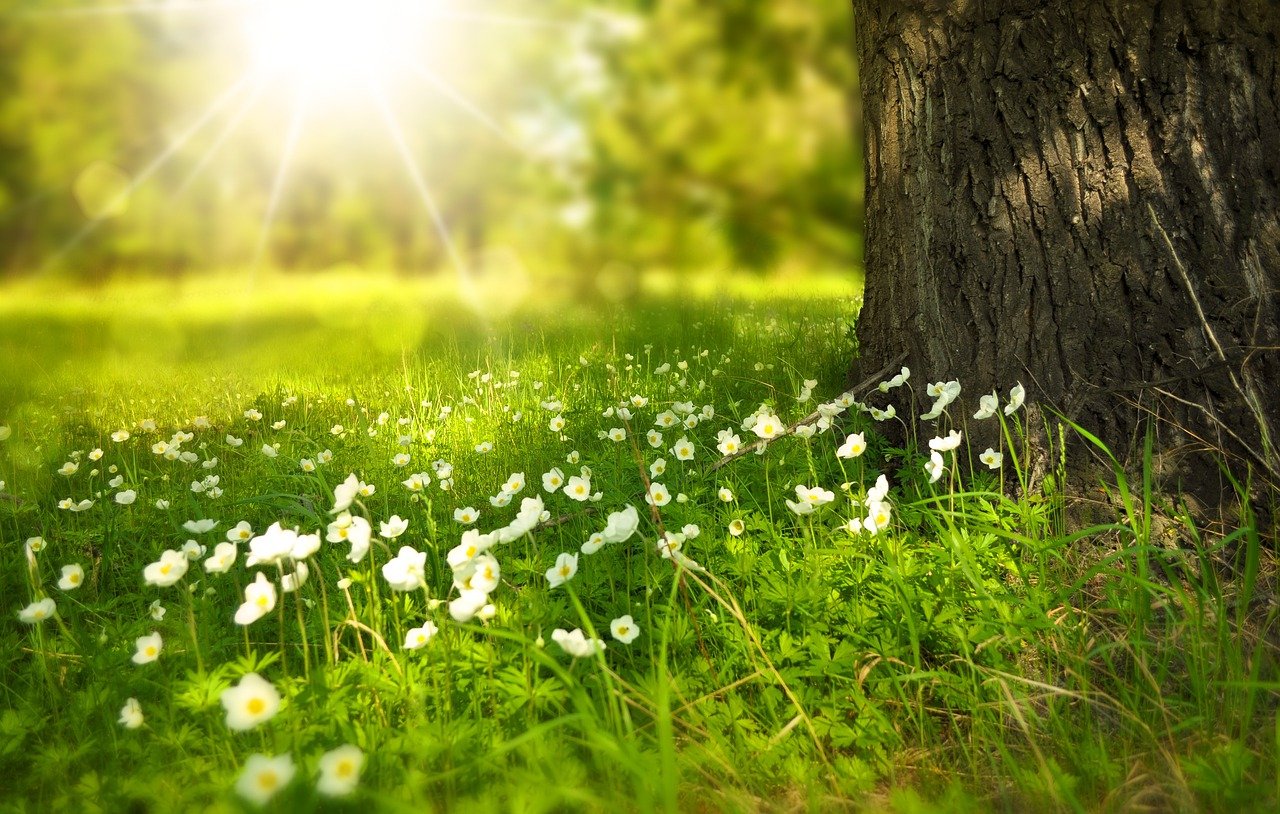If you’re into gardening or hoping to start a garden, you’re probably thinking about ways to make your garden more sustainable, and also how to cut your costs.
With a bit of creativity, you can achieve both of these goals by integrating creatively recycled materials into your design. As a bonus, you can decorate these ‘upcycled’ features to add even more color and pizzazz to your private paradise.
Here are some basic principles for material selection, DIY ideas for upcycling in your garden, and a list of simple tools to get you started. Time to unleash your creativity!
Principles for Selecting Recycled Materials for Your Garden
Use of space
The first consideration is the size and nature of the space you have available for your garden. If you have a large space to fill, you could create all kinds of beds and displays with disused bed frames, bathtubs, bicycles, or even a broken-down car! In a smaller space, make use of layers with hanging baskets, vertical stacking gardens, and trellises.
Biodegradability
The second consideration is whether or not you want the materials to break down. A toilet-roll seedling planter is perfect for one-time use as it composts itself into the soil. In contrast, a plastic-bottle drip irrigation system needs to be waterproof and hold its shape in the soil.
Safety
Make sure any containers used for growing edible plants are food grade and nontoxic — use fruit boxes and milk cartons rather than paint tins for your fruit, veggies, and herbs. Also be aware of sharp edges on glass bottles and metal drums. These can be melted back to a smooth finish with a blowtorch.
Access to materials
The key to sustainability with recycled materials is using what you have in your home and neighborhood. Glass bottles are great for light-filtering features if you can collect these within your networks, but aren’t so sustainable if you’re paying to have them shipped brand new from overseas! Companies often have leftovers materials they would happily donate or sell you for a low cost. There are so many options for each part of your garden that the kind of materials you can find are really only limited by your imagination.
Skills and tools
Finally, keep in mind your skill level and the tools available. Some of these DIY ideas are simple enough for children to do safely, whereas others require power tools and a steady hand.
Creative Materials for Every Aspect of Your Garden
Containers
Container gardening is a great way to begin growing your own flowers and produce. The advantage of containers is that you can put them anywhere — on your patio, on your balcony, along the footpath, on your windowsill, and even up and down your walls! They don’t require a big backyard and can move with you if you’re renting or traveling. When using containers, remember to make holes in the bottom for drainage, and to place them in a sunny position.
Small containers:
- Biscuit and coffee tins
- Boots
- Bottles (glass and plastic)
- Toy trucks
Medium-sized containers:
- Buckets (from soil, mulch, feed)
- Drawers
- Plastic storage tubs
- Polystyrene boxes
- Wooden fruit boxes
Large containers:
- Bathroom basin
- Household furniture (with drawers)
- Kerosene drums
- Wooden barrels
Water garden containers
These containers have the special requirements of being waterproof and holding their shape. You might have dreamed of having your own pond or water garden, and now you can use everyday materials to make that dream a reality.
Use a tire or polystyrene box for a small pond, a bathroom basin for a raised pond, or a bathtub or water trough for a large pond.
Planters
If you have any unused items around the house at all, you can be assured that some of these would make great planters. Many of these need to be placed on the ground outside (because they have no underside), but others are fine on any flat surface like a windowsill or table, or for hanging on a wall.
Wall planters:
- Boots, shoes and crocs
- Corks (individual)
- Gourds
- Handbags
- Hats
- Shoe holders
On the ground:
- Bamboo sticks (as individual planters or used to create a garden barrier)
- Chair frames (plant in the seat)
- Clothes (e.g. jeans)
- Corks (as individual planters or used to create a garden barrier)
- Logs
- PVC piping (used vertically or horizontally)
- Saucepans
- Straw bales
- Tires
- Twigs (to create mini-walls for a garden bed)
- Wheels
Table-top planters:
- Cleaning product bottles as vases (for non-edible flowers)
- Egg cups
- Muffin trays (silicon or metal)
- Pots and pans
Hanging baskets
For those with a patio or balcony, or who like the idea of using all the hanging space available indoors, here are some creative ideas for hanging basket planters that can be held with string, rope or metal chain.
If you’re concerned about indoor plants dripping all over your floor, you have a couple of options. Firstly, consider placing a container with drainage holes inside one with no holes to catch excess water. Secondly, select plants with a low water needs that would do fine with a layer of pebbles or moss to hold excess moisture until they are ready for another light misting.
Recycled hanging basket ideas:
- Ball (basketball or soccer ball with the top removed)
- Basket (wicker basket, or one woven from plastic bags or dried grass and roots)
- Bird cage
- Bowl
- Chandelier
- Coconut shell
- Glass jar
- Plastic bottle
Trellises
Many of our favorite homegrown flowers and fruits require a trellis to keep them growing tall and straight. Beans, melons, peas, gourds, grapes and kiwi fruit all grow on a trellis, so why not repurpose something you can find around to grow your own?
Trellis ideas:
- Bamboo
- Bed boards, headers and ends of beds
- Door lattice
- Tires or wheels with spokes tied together
- Wooden pallets
Plant labels
Probably one of the easiest places to start, create your own plant labels out of sliced margarine containers, wooden offcuts, tree branch pieces, broken pieces of a ceramic pot, or old cutlery.
Ornaments
If you’re feeling especially artistic, you could even create your own garden ornaments with some random bits and pieces, a bottle of spray paint, and some nails, string and glue:
- Turn a broken pot into a fairy garden.
- Make teacups into raised planters in the garden or on a vintage tea-time table.
- Convert clear plastic bottles into terrariums.
- Use old keys to make a wind chime.
- Make a mural out of coloured bottle tops.
- Create a mobile out of old brass instruments.
- Make a bicycle display with flowers planted in the seat and handlebars.
Inviting friendly critters
There are certain birds and insects that are beneficial for your garden because they pollinate your fruits and flowers as well as keeping pests at bay.
- For helpful insects, you could use twigs and branches (cut to size and hollowed out) to make an insect hotel.
- Create a bird bath out of an old bathroom basin, or a birdhouse out of pebbles stuck together.
- Make a bird feeder from a coconut shell, or stick birdseed to empty toilet rolls.
Pest and weed control
To ward off unwanted birds, create a mobile with unused CDs and DVDs to blow in the wind. These will reflect the sunlight while they sway, confusing and irritating the birds and making them fly away.
You can also create wasp traps out of plastic soda bottles and use small plastic or glass containers to hold bait for slugs.
Compost
An essential part of any garden is compost, turning your kitchen scraps into food for your plants. You can also make compost by using worms as written here.
Make outdoor compost bins out of:
- Bricks
- Cardboard box (this will break down over time)
- Cinder blocks
- Garbage can
- Straw bales (these are self-composting)
- Wooden pallets and wooden or plastic crates (with or without wire mesh)
Make compost tumblers out of:
- Food grade barrel
- Wheeled caster compost tumbler
Kitchen and apartment composters:
- Plastic container (from non-toxic materials) for collecting kitchen compost
- Plastic storage container (for making an apartment composter or worm composter)

Propagation
Starting off seedlings is one of the most satisfying aspects of gardening and doesn’t need to be expensive. Here are some creative DIY materials for getting those seeds and seedlings off to a flying start:
- Cardboard egg cartons
- Egg shells
- Milk cartons
- Muffin trays
- Paper towel or toilet rolls (these are self-composting)
- Plastic bottles cut in half
Greenhouse
To give your seedlings and warm-climate plants even more of a boost, try making one of these DIY greenhouses:
- CD case greenhouse
- Glass window greenhouse
- Hoop and plastic sheeting greenhouse
- Plastic bottle greenhouse
- Umbrella greenhouse
- Zip-loc bag mini greenhouse
Irrigation
Finally, you can’t have life without water.
Create your own drip irrigation system with individual plastic bottles turned upside-down in the soil or scraps of PVC piping connected to a water source. Make a sprinkler out of a perforated plastic bottle, and a hose winder out of rusted tire trim.
See — making a garden really doesn’t need to be expensive! Use what you have around you and start collecting materials from family and friends to make a unique, DIY garden.
Most of these DIY garden materials can be made with a few simple tools.
For cutting plastic bottles and milk cartons, you’re going to need a Stanley knife. Garden labels can be etched into wood or metal with an engraver or written onto plastic with a permanent marker. For garden features made from glass, ceramic, metal and wood, you’ll need a drill that’s specific to the type of material you’re working with. Mobiles and hanging baskets will require string, rope, chain, wire, and/or fishing line. And last of all, color your garden ornaments with all-weather spray paint.
Borrow the tools you need from your colleagues and neighbors, or even get together for a garden working bee for double the fun.
There’s something here for everyone to try — no matter your experience level or the space you have to work with. Start by turning the drawers on that old dresser into DIY planters, and see where it goes from there!






